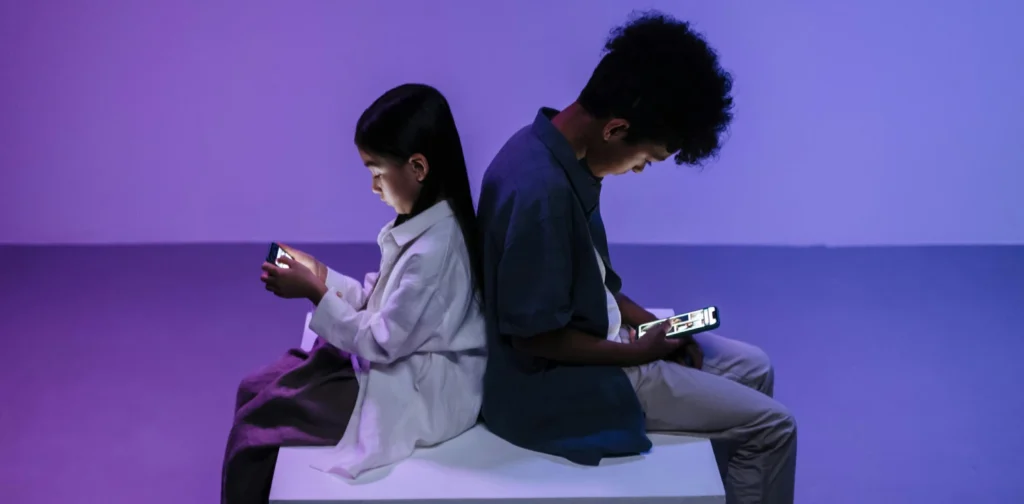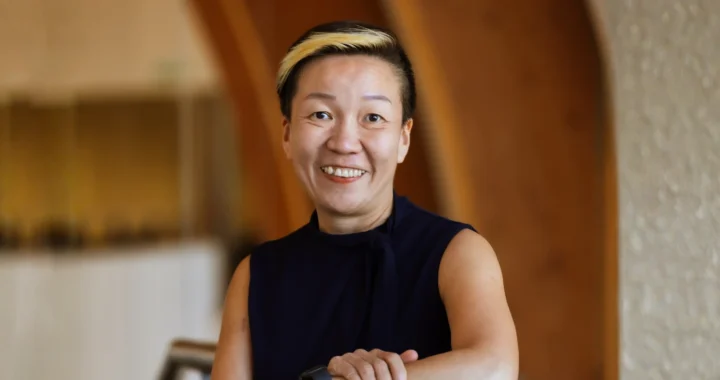How Excessive Screen Time Impacts Adolescents’ Sleep and Mental Health

Photo: Ron Lach on Pexels
The widespread usage of gadgets and digital media has broadened people’s access to information. Adolescents, in particular, are digital natives who are highly engaged with devices. However, this often leads to overuse. Studies show that excessive screen time impacts adolescents negatively in their sleep quality and contributes to increased depressive symptoms.
Key Developmental Period
Adolescence is the age group of 10–19 years old. It is a crucial stage of human development marked by physical, emotional, and psychological changes. As individuals enter puberty, they begin to develop the ability to think more abstractly and make more complex decisions than they could as children.
In this period, young people start to shape their self-image, emotional awareness, and personal identity. It is also a key developmental time for building essential life skills, gaining knowledge, and having experiences contributing to their adulthood.
Nowadays, adolescents are more active than ever in the digital world. Around 75% of 15–24 year olds use the internet globally, with many spending hours each day on digital platforms. Additionally, over 90% of adolescents aged 13–17 years old have social media access and use it daily. For them, gadgets and digital platforms provide opportunities to gain knowledge, develop new skills, and boost creativity. They also help teens build new social connections.
However, these benefits do not come without risks. Spending too much time on digital platforms, sometimes to the point of screen addiction, can disturb adolescents’ sleep cycles and negatively affect both their physical and mental health.
How Excessive Screen Time Impacts Adolescents
A study shows that excessive screen time among adolescents increases their chance of depression due to sleep deprivation. The research looked at more than 4,800 adolescents and found that those who spent more than 3 hours a day on screens often slept poorly. This included problems like falling asleep late, waking up during the night, or not sleeping enough. As a result, many adolescents, especially girls, showed signs of depression within a year.
Several countries have issued guidelines to help reduce the negative impacts of excessive screen time, particularly among children and adolescents. For example, in Australia, Sweden, and the United States, authorities recommend limiting adolescents’ screen time to no more than two hours per day. Australia, where more than 80% of 16-year-olds regularly exceed this limit, passed a bill in late 2024, setting a minimum 16 years old age requirement for using social media platforms.
Towards Healthier Screen Use
As digital technologies have become part of everyday life for adolescents, promoting healthier digital habits is more important than ever. Families, schools, communities, and policymakers all play a crucial role in setting age-appropriate screen time limits and encouraging mindful engagement with digital technology.
Adolescents must be well-informed about the importance of setting boundaries and prioritizing their wellbeing in the digital world. Open conversations and supportive environments can be a powerful first step to help ensure that technology becomes a tool for learning, growth, and connection instead of a barrier to their development.
Editor: Nazalea Kusuma & Kresentia Madina

Join Green Network Asia Membership
Amidst today’s increasingly complex global challenges, equipping yourself, team, and communities with interdisciplinary and cross-sectoral insights on sustainability-related issues and sustainable development is no longer optional — it is a strategic necessity to stay ahead and stay relevant.
Join NowDinda Rahmania
Dinda adalah Reporter di Green Network Asia. Ia belajar Ilmu Hubungan Internasional di President University. Dinda bersemangat menulis seputar isu keberagaman, konsumsi berkelanjutan, dan pemberdayaan.


 Weaving the Thread Between the Last Elephant and the Floods in Sumatra
Weaving the Thread Between the Last Elephant and the Floods in Sumatra  Bringing Buried Rivers Back to Life Through Daylighting
Bringing Buried Rivers Back to Life Through Daylighting  Prescribing Beyond Profit for CEOs’ Anxiety
Prescribing Beyond Profit for CEOs’ Anxiety  An Interview with May Tan-Mullins, CEO and Provost of University of Reading Malaysia
An Interview with May Tan-Mullins, CEO and Provost of University of Reading Malaysia  An Interview with Eu Chin Fen, CEO of Frasers Hospitality
An Interview with Eu Chin Fen, CEO of Frasers Hospitality  The UK Government’s Funding Package Plan to Tackle Youth Unemployment
The UK Government’s Funding Package Plan to Tackle Youth Unemployment